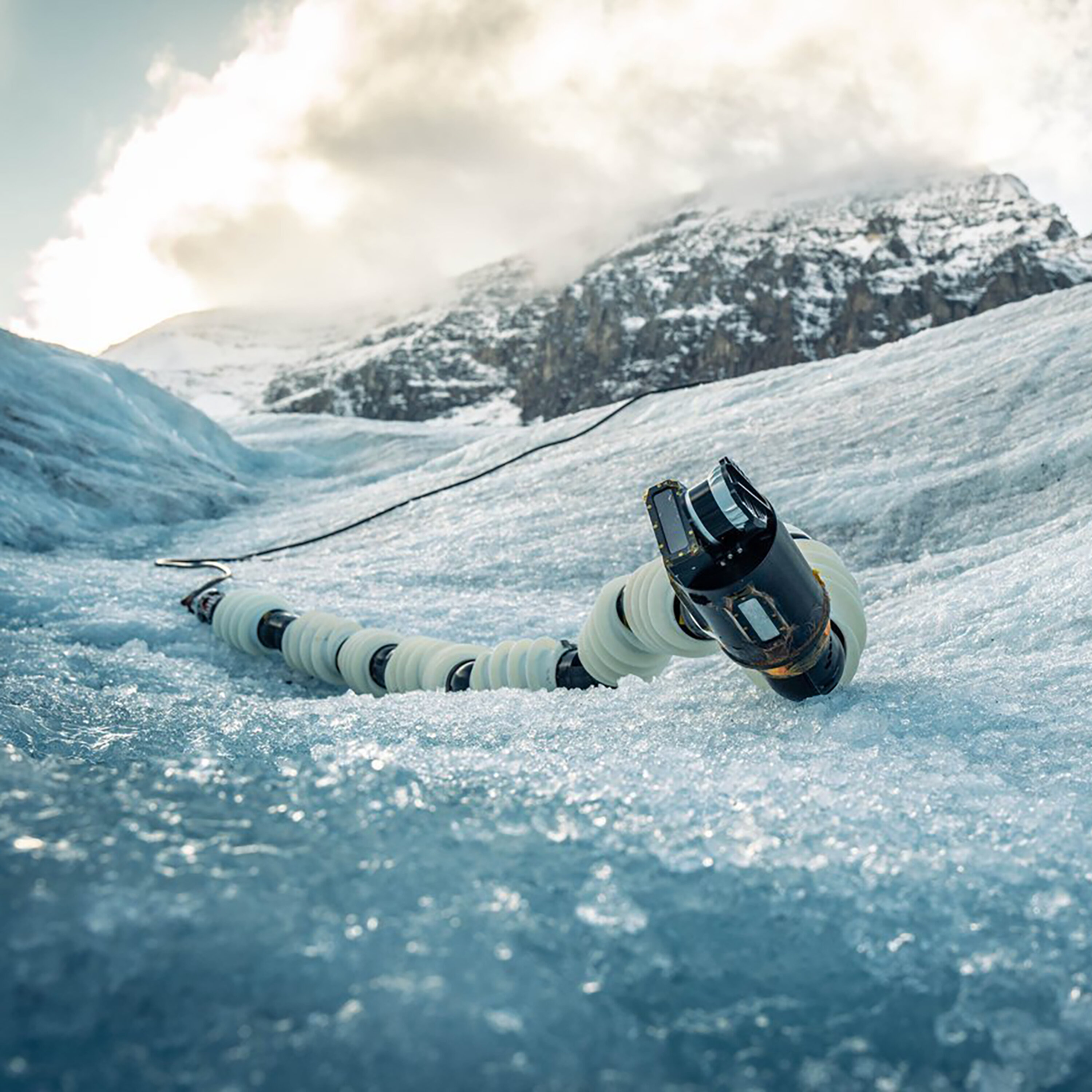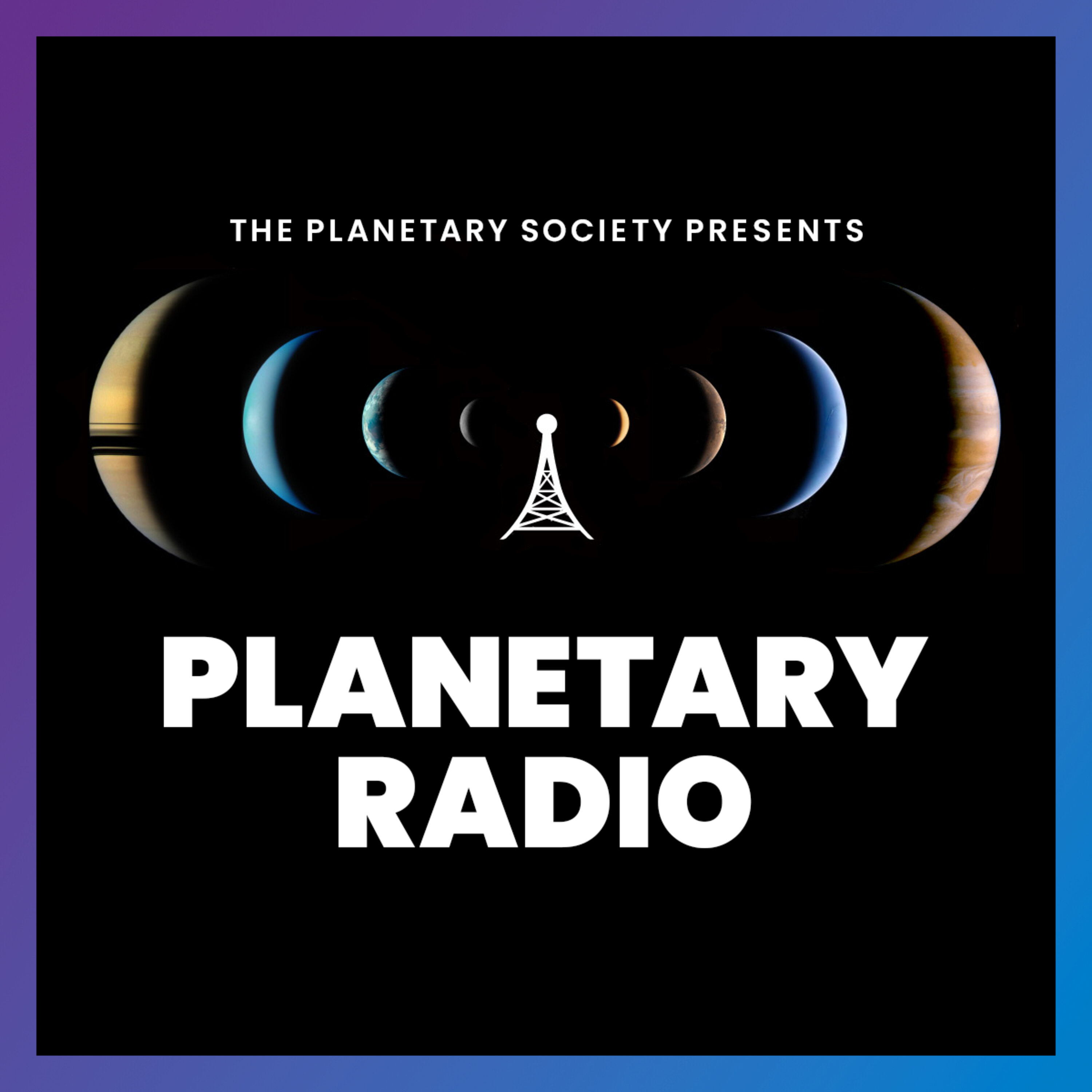
EELS: AI-enabled snake robots and the search for life on Enceladus

Planetary Radio: Space Exploration, Astronomy and Science
Deep Dive
Why is Enceladus considered a prime target in the search for extraterrestrial life?
Enceladus has a subsurface ocean with all the necessary conditions and ingredients for life, including organic compounds and hydrothermal vents. Its ice shell also has cracks that allow ocean water to spray into space, making it accessible for study.
What is the Exobiology Extant Life Surveyor (EELS) and what is its purpose?
EELS is a snake-like, AI-enabled robot designed to navigate the icy terrain and vents of Enceladus to access and sample its subsurface ocean, potentially revealing signs of life.
What are the key challenges in exploring Enceladus with a robot like EELS?
The challenges include navigating unpredictable terrain, dealing with unknown environmental conditions, and ensuring the robot can operate autonomously due to communication delays between Earth and Saturn.
How does EELS use AI to navigate its environment?
EELS uses onboard AI to learn and adapt to its environment, making decisions autonomously without waiting for Earth-based commands due to the long communication delay.
What are some potential applications of EELS technology beyond Enceladus?
EELS technology could be used to explore lava tube caves on Mars or the moon, conduct rescue operations in dangerous environments on Earth, and investigate other icy worlds like Europa or Titan.
What sensors are integrated into EELS for navigation and science?
EELS uses LIDAR, stereoscopic vision, and thermal imaging to map its environment, detect geological features, and identify hotspots indicative of plume activity or hydrothermal vents.
How does EELS handle the slippery ice on Enceladus?
EELS uses heated screw blades to melt or sublime ice, creating grooves that provide traction. It also employs force feedback control to adjust its grip on the ice walls.
What is the significance of testing EELS in a glacial environment like Athabasca Glacier?
Testing in a glacial environment provides realistic conditions that mimic the icy terrain of Enceladus, allowing researchers to evaluate the robot's performance and adapt its design for future missions.
What is the one-way light time delay between Earth and Enceladus, and how does it affect EELS's autonomy?
The one-way light time delay between Earth and Enceladus is between 68 to 86 minutes. This necessitates EELS's high level of autonomy to make decisions and navigate without real-time human input.
Why is Enceladus's surface the brightest in the solar system?
Enceladus has a Bond albedo of over 80%, meaning it reflects over 80% of incoming light. This is due to its surface being resurfaced with bright, snowy ice from the plumes erupting from its subsurface ocean.
Shownotes Transcript
Morgan Cable and Hiro Ono from NASA's Jet Propulsion Laboratory join Planetary Radio to discuss the Exobiology Extant Life Surveyor (EELS) robot concept, a snake-like AI-enabled device designed to navigate the vents of Enceladus. This technology could tell us more about the habitability of Enceladus' subsurface ocean. But first, Kate Howells, The Planetary Society's public education specialist, shares how you can participate in The Planetary Society Best of 2024 Awards. Stay tuned for Bruce Betts, our chief scientist, for What's Up and a new Random Space Fact about Enceladus. Discover more at: https://www.planetary.org/planetary-radio/2024-eels)
See omnystudio.com/listener) for privacy information.